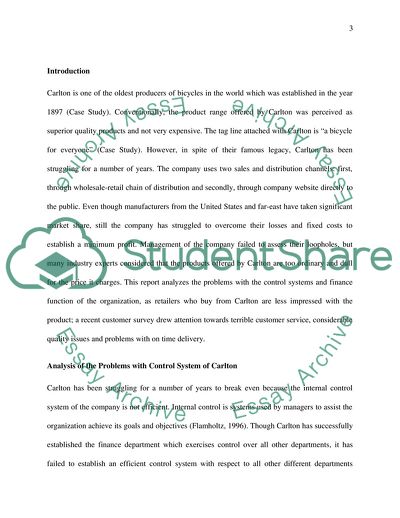Cite this document
(Accounting for strategy management and control Essay, n.d.)
Accounting for strategy management and control Essay. https://studentshare.org/finance-accounting/1880883-accounting-for-strategy-management-and-control
Accounting for strategy management and control Essay. https://studentshare.org/finance-accounting/1880883-accounting-for-strategy-management-and-control
(Accounting for Strategy Management and Control Essay)
Accounting for Strategy Management and Control Essay. https://studentshare.org/finance-accounting/1880883-accounting-for-strategy-management-and-control.
Accounting for Strategy Management and Control Essay. https://studentshare.org/finance-accounting/1880883-accounting-for-strategy-management-and-control.
“Accounting for Strategy Management and Control Essay”. https://studentshare.org/finance-accounting/1880883-accounting-for-strategy-management-and-control.


